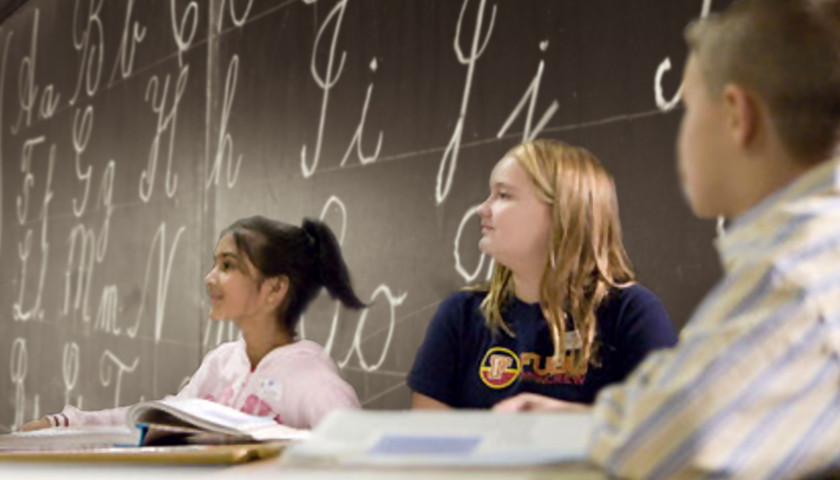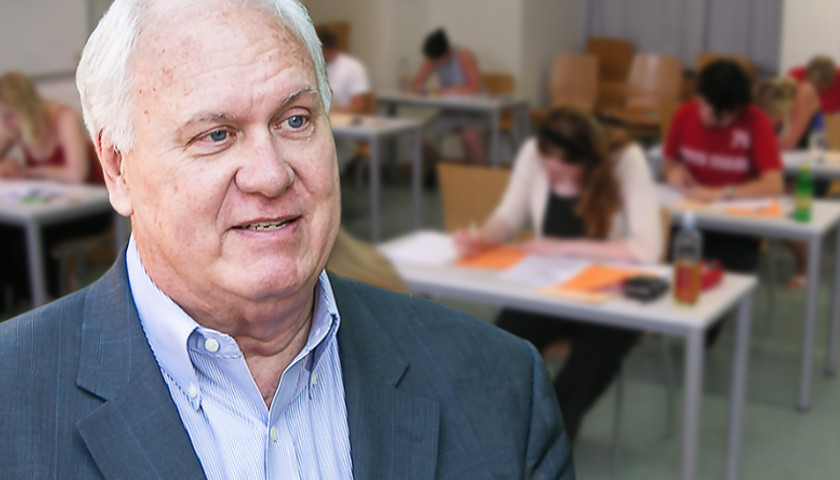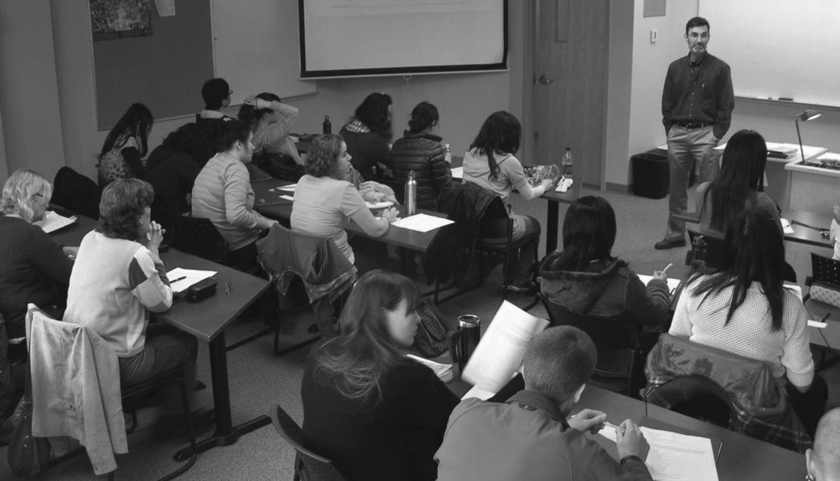When her mom began working full-time, Chesterfield homeschool student Nasiyah Isra-ul started developing personalized home school plans for her younger brother, while she was still 15. Her plans took off — she began developing plans for other families in their homeschool group. Now, three years later and a college sophomore, she’s launching Canary Academy to bring her programs to families across the U.S., thanks to a $10,000 grant
Read the full storyTag: learning
Tennessee Projects 65 Percent Learning Loss in Math, 50 Percent Loss in Third Grade Reading After COVID-19 Closures
Reading proficiency among Tennessee third-graders is projected to drop by 50%, and math proficiency is projected to drop by 65% because of COVID-19-related school closures, according to preliminary projections released by the Department of Education.
Gov. Bill Lee and Education Commissioner Penny Schwinn announced the projected learning loss during a news conference at the state Capitol on Wednesday.
Read the full storyHandwriting Helps Kids with Learning Disabilities Read Better
by Faiza Elmasry As recently as a half-century ago, young American students would spend many lessons writing curved loops and diagonal lines, as they learned how to write in cursive. Over the years, though, computer keyboards and voice to text programs have replaced pens and pencils, and made handwriting – especially cursive – less relevant. But it hasn’t disappeared. St. Luke Catholic School in McLean, Virginia, still teaches cursive. Several times a week, students work on their handwriting skills, clutching their pencils and pens as they practice forming neat loops and curls. Teacher Grace O’Connor says eventually, all of them will have a style all their own. “The great thing about cursive is everyone has his own little spin to it, like, you know how to form your letters, but as you get older you, kind of, develop your own flow to your cursive writing, and it’s yours,” she says. “You can take ownership of it, which is really great.” Cursive engages multiple senses Cursive handwriting is emerging as a learning tool for students with dyslexia, a disorder that makes it difficult to read or interpret letters, words and other symbols. Thirteen-year-old Joseph was diagnosed with dyslexia four years ago,…
Read the full storySteve Gill Commentary: Why Can’t Johnny Read in Our Nation’s Capital?
Perhaps we should pay more attention to the abysmal reading and math scores being produced in the public schools in our nation’s capital rather than spending our time, energy and resources keeping our southern border wide open to tens of thousands of those who are illegally entering our country. There are about 13 million AMERICAN children living in poverty. Shouldn’t we care for them first before bringing in a massive wave or impoverished and uneducated children and adults that divert resources from dealing with our own infrastructure, education, healthcare and other demands? How bad are the test scores that are being produced in Washington, D.C.? In 2010-11, according to the National Center for Education Statistics, 83 percent of D.C. public school students were not proficient in Reading; 89 percent were not proficient in math. Clearly Johnny can’t read…or do math. But, some might argue, it is because we aren’t spending enough money to adequately teach those children. According to the Census Bureau figures, when calculated accurately, we are spending over $29,000 per pupil per year in D.C. That means we are spending nearly three quarters of a million dollars per classroom of 25 students per year. We can’t teach basic…
Read the full storyCommentary: Teacher Bill of Rights
Respecting the authority of teachers is essential to creating an environment conducive to learning, effective instruction in the classroom, and proper administration of our local public schools.
Read the full story




